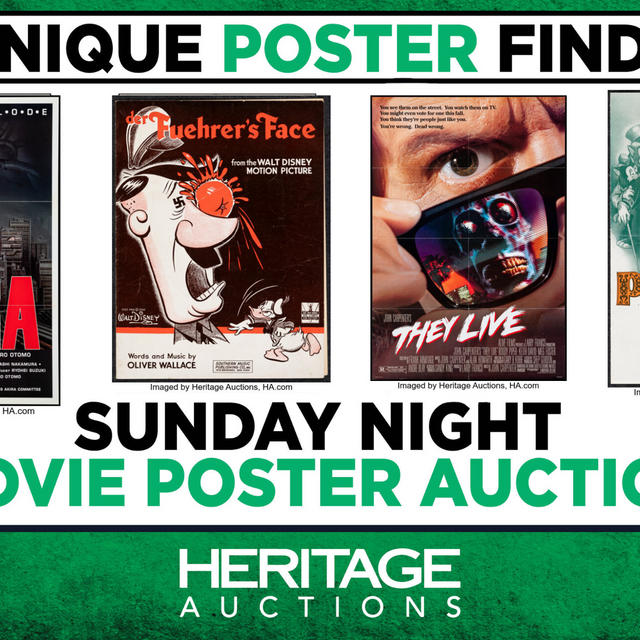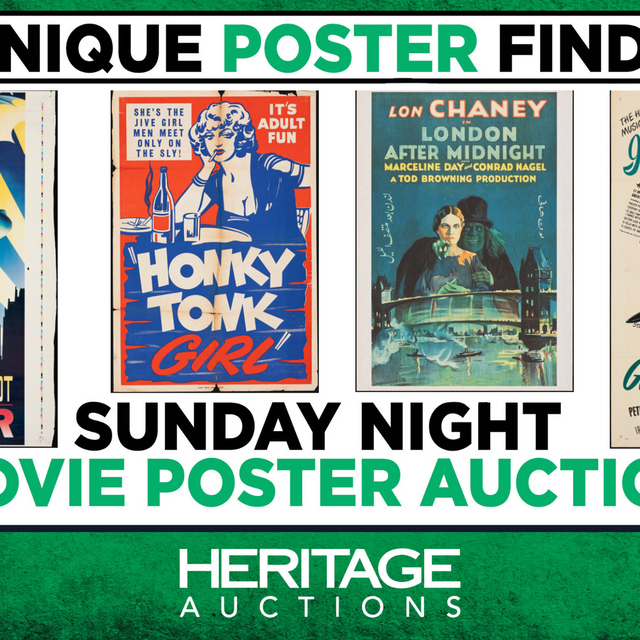 Often dubbed “The Father of the 1960’s concert poster”, Wes Wilson's influence on concert posters and their evolution cannot be overstated. The psychedelic style concert poster and its melting, dripping, often illegible lettering as well as vivid colors are a staple of collectible concert art. It was Wilson that originally pioneered this classic style and inspired numerous artists during and beyond the psychedelic era.
Often dubbed “The Father of the 1960’s concert poster”, Wes Wilson's influence on concert posters and their evolution cannot be overstated. The psychedelic style concert poster and its melting, dripping, often illegible lettering as well as vivid colors are a staple of collectible concert art. It was Wilson that originally pioneered this classic style and inspired numerous artists during and beyond the psychedelic era.
Wilson's Influences and Beginnings
Like many poster artists, Wes Wilson’s art was heavily influenced and inspired by Art Nouveau. His first poster, which he self published in 1965, was not a concert poster, but a piece he designed to protest the involvement of the United States in the Vietnam War. Often referred to as  “Are We Next”, the piece consists of a swastika on top of an American flag. This image spoke clearly to Wilson’s character and art style.
“Are We Next”, the piece consists of a swastika on top of an American flag. This image spoke clearly to Wilson’s character and art style.
Wilson became an integral part of the San Francisco psychedelic scene when he joined forces with Bob Carr. Carr owned Contact  Printing, a small print shop. Here he assisted in creating pieces for the San Francisco Mime Troupe benefits and the Merry Pranksters acid tests. In 1966, Wilson created the handbill for the Trips festival, an event that inspired him. Soon after, he began creating art for Family Dog promoter Chet Helms. Wilson designed the group's original logo. Soon he was the main artist for The Family Dog, creating 11 of the first 12 posters in the famous numbered series. After awhile, he left The Family Dog and began concentrating on creating posters for promoter Bill Graham. He felt as though he had more artistic freedom working for Graham.
Printing, a small print shop. Here he assisted in creating pieces for the San Francisco Mime Troupe benefits and the Merry Pranksters acid tests. In 1966, Wilson created the handbill for the Trips festival, an event that inspired him. Soon after, he began creating art for Family Dog promoter Chet Helms. Wilson designed the group's original logo. Soon he was the main artist for The Family Dog, creating 11 of the first 12 posters in the famous numbered series. After awhile, he left The Family Dog and began concentrating on creating posters for promoter Bill Graham. He felt as though he had more artistic freedom working for Graham.
The Psychedelic Art Style
When a friend showed Wilson a poster created by Viennese artist Alfred Roller, he began to hone his lettering skills. He then created a style of  lettering that changed the face of concert posters forever. This style is exemplified by the BG-18 poster, which could be considered the first true psychedelic poster. This piece, created to promote the Association at the Fillmore in 1966, features the flowing, illegible lettering that has become the true essence of psychedelic art. Wilson's lettering style set a standard for almost every psychedelic artist that followed.
lettering that changed the face of concert posters forever. This style is exemplified by the BG-18 poster, which could be considered the first true psychedelic poster. This piece, created to promote the Association at the Fillmore in 1966, features the flowing, illegible lettering that has become the true essence of psychedelic art. Wilson's lettering style set a standard for almost every psychedelic artist that followed.

Another important piece Wilson created was "The Sound". It promoted a 1966 show featuring Jefferson Airplane, Muddy Waters, and the Butterfield Blues Band at Winterland. The poster makes use of Wilson's lettering style, as well as a drawing of a nude woman. This was unusual because it was not designed to be sexualized, but in admiration of femininity. This became another staple of Wilson's style and of the psychedelic era.
Legacy of Wes Wilson
Wes Wilson received an award in 1968 from the National Endowment for the Arts acknowledging his contribution to American art. He was widely  considered a leader in his field, and his art has been displayed in numerous exhibits. In the 1990's Wilson created OFFtheWall, a quarterly journal that featured concert art. It ran for nine issues.
considered a leader in his field, and his art has been displayed in numerous exhibits. In the 1990's Wilson created OFFtheWall, a quarterly journal that featured concert art. It ran for nine issues.
Wilson died in January of this year at the age of 82. His legacy lives on as his posters continue to be collected and admired by multiple generations.


